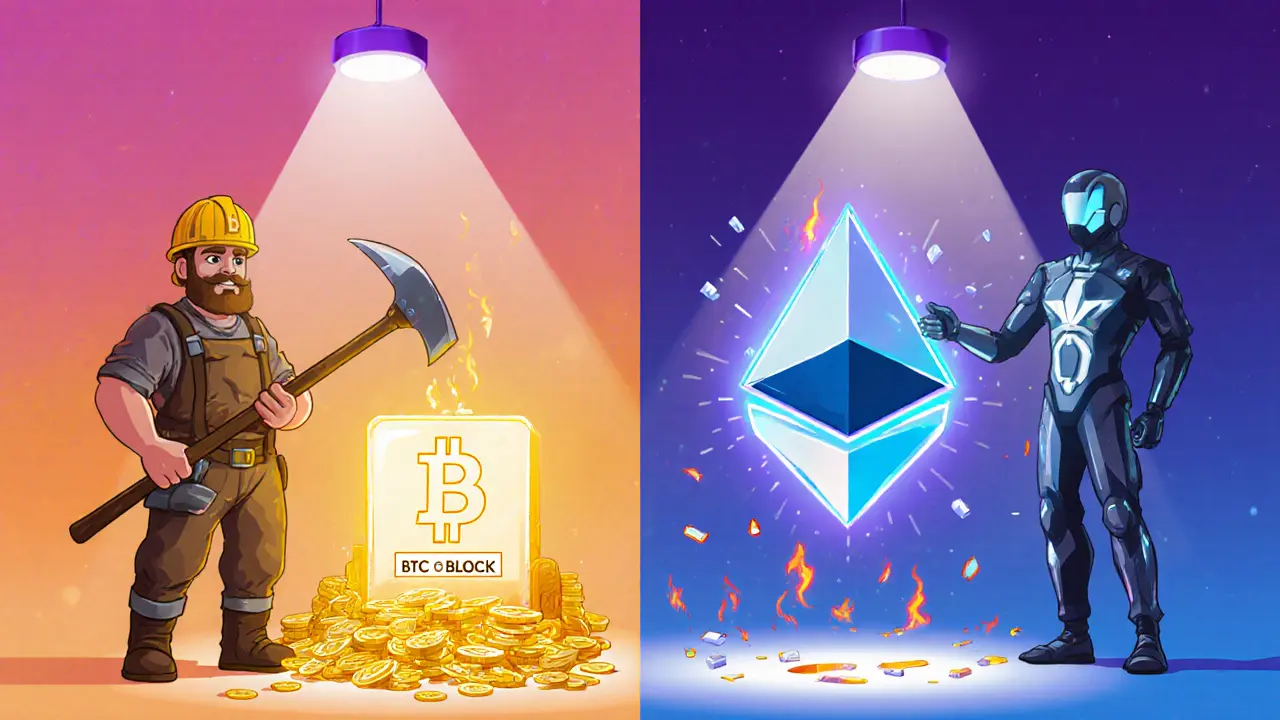Learn how block rewards and transaction fees power Bitcoin and Ethereum, why fees matter for security, and what the future holds for crypto network incentives.
Block Reward – The Core Incentive Behind Crypto Mining
When working with block reward, the fresh coins and transaction fees a miner earns for adding a new block to a blockchain. Also known as mining reward, it drives network security and supplies new crypto assets. In plain terms, every time a miner solves the puzzle that lets a block lock into the chain, the protocol hands over a set amount of newly minted coins plus any fees users attached to their transactions. This dual payout creates a direct economic reason for strangers worldwide to throw computing power at the network, keeping it honest and alive. The reward size isn’t random – it’s coded into the protocol’s rules and often tied to a schedule that slowly shrinks over time, ensuring scarcity while still motivating validators. Block reward therefore sits at the intersection of monetary policy, game theory, and technical design.
Why Block Rewards Matter
One of the most visible forces that shape a block reward is Bitcoin halving, the event that cuts the newly created Bitcoin per block in half roughly every four years. This halving reduces the influx of fresh coins, nudging the supply curve tighter and often sparking market attention. When the reward drops, miners need higher transaction fees or better hardware efficiency to stay profitable, which can shift the balance of power among mining pools. The halving also illustrates a broader principle: block rewards are not static; they evolve with the network’s maturity, influencing everything from hash‑rate distribution to token price dynamics.
Beyond Bitcoin, other consensus mechanisms like proof of work, the mining‑centric system that requires computational puzzles to validate blocks rely heavily on block rewards to attract participants. In contrast, proof of stake, a staking‑based approach where validators lock up coins instead of hashing pays out staking rewards, which are conceptually similar but come from transaction fees and inflation rather than puzzle solving. Understanding these links helps you see how block rewards power network security across different blockchains, whether the incentive is fresh coins, fees, or a blend of both.
For everyday users, the block reward number matters when you calculate potential earnings, estimate future supply, or assess the health of a chain. Tools like block explorers show the current reward, upcoming halving dates, and the total fees accumulated in the latest block. Watching these metrics lets you gauge miner sentiment – a sudden dip in fees might signal reduced activity, while a rising reward could attract new hardware upgrades. Moreover, block rewards feed into DeFi models; many yield farms peg returns to the underlying blockchain’s inflation rate, so shifts in reward policy ripple through liquid‑staking protocols, liquidity mining programs, and even token‑swap fee structures.
Below you’ll find a curated set of articles that dig deeper into the mechanics, economics, and real‑world impacts of block rewards. From technical guides on how immutability ties into mining incentives, to analyses of Bitcoin’s halving cycles and their market effects, the collection offers both theory and actionable insight. Dive in to see how block rewards shape the crypto landscape and what that means for your next trade or investment decision.

